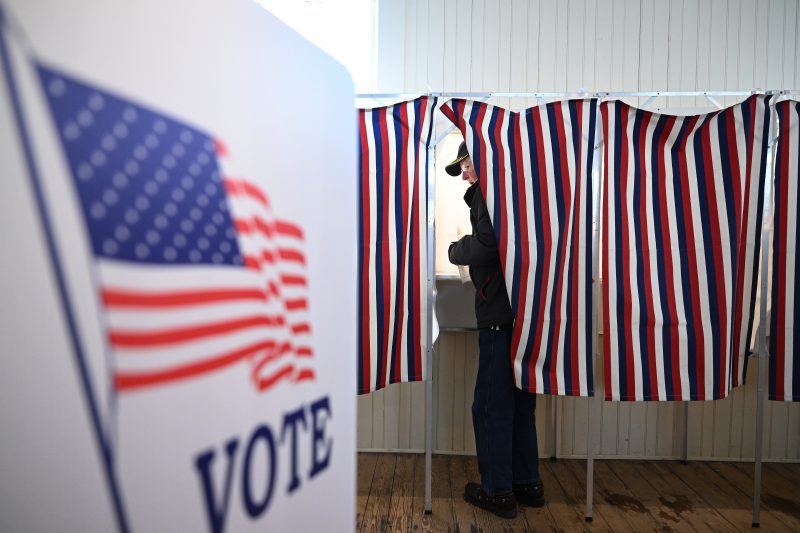
Challenging the Electoral College: A Push for a More Democratic National Popular Vote System
In the realm of American politics, the debate surrounding the Electoral College system and the National Popular Vote Plan continues to be a contentious issue. Supporters and opponents of both systems present valid arguments, each highlighting the flaws and benefits of their preferred method of electing the President of the United States. The National Popular Vote Plan, often seen as a solution to what some perceive as the undemocratic nature of the Electoral College, aims to create a more direct and representative method of selecting the country’s leader.
One of the primary challenges posed by the Electoral College system is its potential to undermine the principle of one person, one vote. The winner-take-all allocation of electoral votes in most states means that a candidate can secure victory with a minority of the popular vote, as demonstrated in several past presidential elections. This discrepancy between the popular vote and the electoral outcome has led to calls for reform, with advocates of the National Popular Vote Plan arguing that it would better reflect the will of the American people.
Proponents of the National Popular Vote Plan assert that it would encourage candidates to campaign across all states, not just the battleground ones, as every vote would count towards the national total. This, they argue, would foster a more inclusive and participatory electoral process, wherein citizens from all corners of the country feel equally valued in choosing their next president. By shifting the focus from a handful of swing states to the entire nation, the National Popular Vote Plan seeks to promote greater engagement and representation in the electoral process.
However, critics of the National Popular Vote Plan raise valid concerns about its potential impact on smaller states and rural areas. They argue that a shift to a nationwide popular vote system could marginalize less populous regions, as candidates might concentrate their efforts on densely populated urban centers where the majority of voters reside. In essence, they fear that the proposal could give undue influence to metropolitan areas at the expense of the broader geographic and demographic diversity of the United States.
Moreover, opponents of the National Popular Vote Plan caution against the practical challenges of implementing such a sweeping change to the electoral system. The logistical complexities of tallying and verifying a national popular vote count, as well as the potential for recounts and disputes in a close election, are significant factors that could impede the smooth transition to a new voting mechanism. Additionally, the need for widespread bipartisan support and a constitutional amendment complicates the feasibility of adopting the National Popular Vote Plan in the foreseeable future.
In conclusion, the National Popular Vote Plan presents a thought-provoking solution to the perceived shortcomings of the Electoral College system. While it advocates for a more direct and democratic method of electing the president, the proposal is not without its challenges and detractors. As the debate continues to unfold, policymakers and citizens alike must carefully consider the implications of such a fundamental change to the electoral process and strive to strike a balance between fairness, representation, and stability in the pursuit of a more perfect union.
